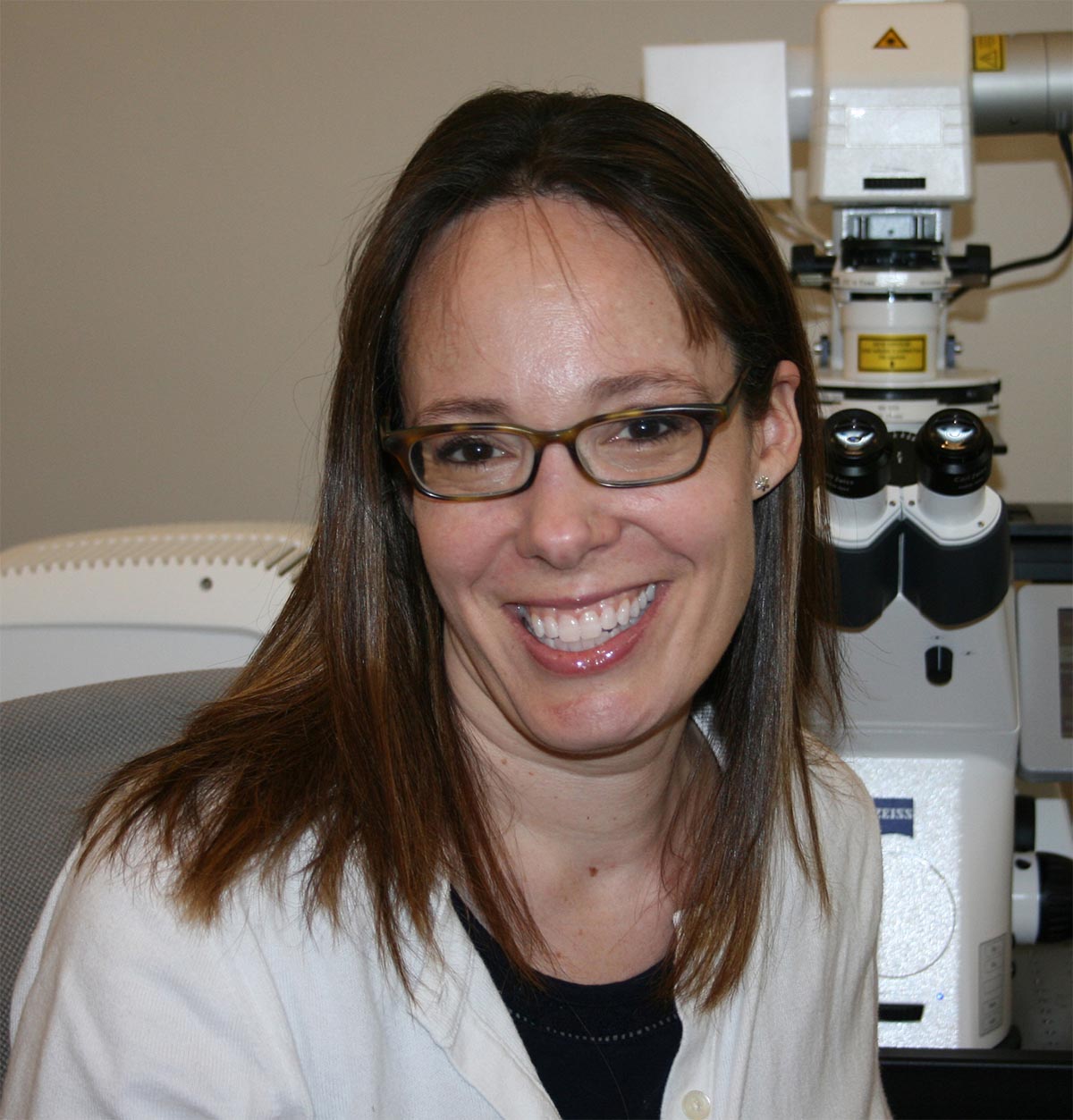Long-lasting effects of cocaine self-administration on accumbens astrocytes contribute to the incubation of cocaine craving

School of Neuroscience Innovators Seminar Series Presents:
Kathryn (Kate) Reissner Ph.D. Associate Professor – Department of Psychology & Neuroscience, Neuroscience Center, UNC Chapel Hill
- Wednesday April 7, 2021
- 11:00am – 12:00pm
- Zoon Meeting: TBD
- Meeting ID: TBD
Abstract:
Research over the last 50 years has revealed considerable cellular effects of recreational drug abuse to neurons. This has led to the disease model of addiction, which defines addiction as “a treatable, chronic medical disease involving complex interactions among brain circuits, genetics, the environment, and an individual’s life experiences” (American Society of Addiction Medicine). However, knowledge necessary to integrate glial cells within the disease model of addiction has lagged considerably. Our lab is particularly interested in understanding how astrocytes fit within this model. Astrocytes are the most abundant glial cells of the brain, and serve a number of critical roles including regulation of synaptogenesis and neurotransmitter uptake, cellular metabolic regulation, injury responses, and more. Relatively recent work by our lab and others has revealed that rat cocaine self-administration leads to decreased expression and activity of several astroglial proteins, particularly within the nucleus accumbens (NAc), a critical node in the brain’s reward circuitry. In 2016, we utilized the membrane-associated fluorescent reporter Lck-GFP to perform high resolution imaging of individual astrocytes in the NAc, revealing decreased structural features and synaptic colocalization of astrocytes after cocaine self-administration and extinction (Scofield et al 2016 Biological Psychiatry). Subsequently, we have expanded our investigation to more thoroughly understand the mechanism and consequences of this finding. In my seminar, I will report unpublished data regarding the engagement of astrocytes in the behavioral model of the incubation of cocaine craving. Incubation is the phenomenon by which drug craving intensifies across abstinence, and has been observed in both humans and animal models. I will conclude by presenting our working model which seeks to integrate astrocytes in the cellular sequelae subsequent to cocaine self-administration, and consider whether astrocytes may represent viable targets of pharmacological intervention for substance use disorders.
For additional information contact: Dr. Michelle Olsen.


